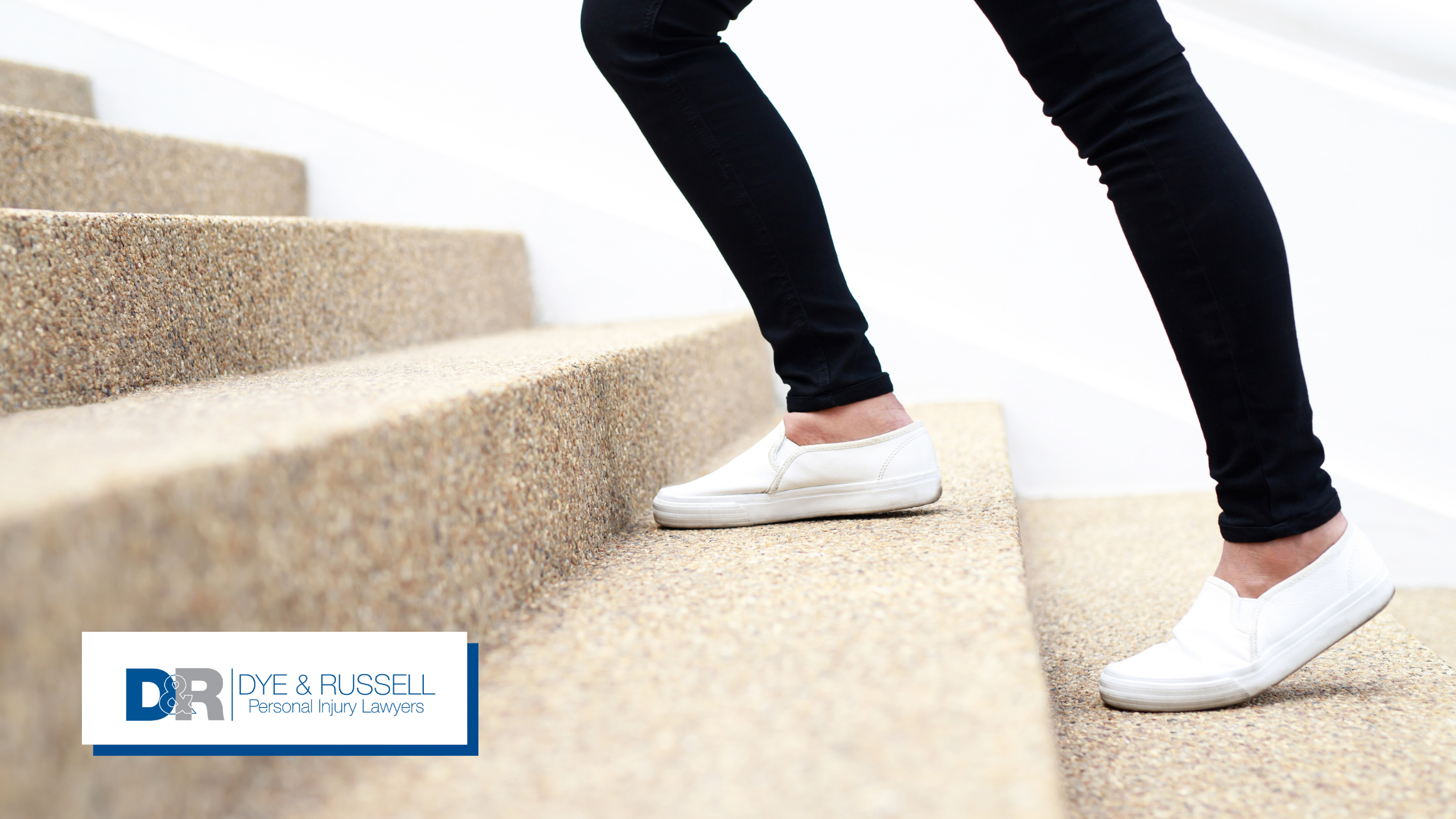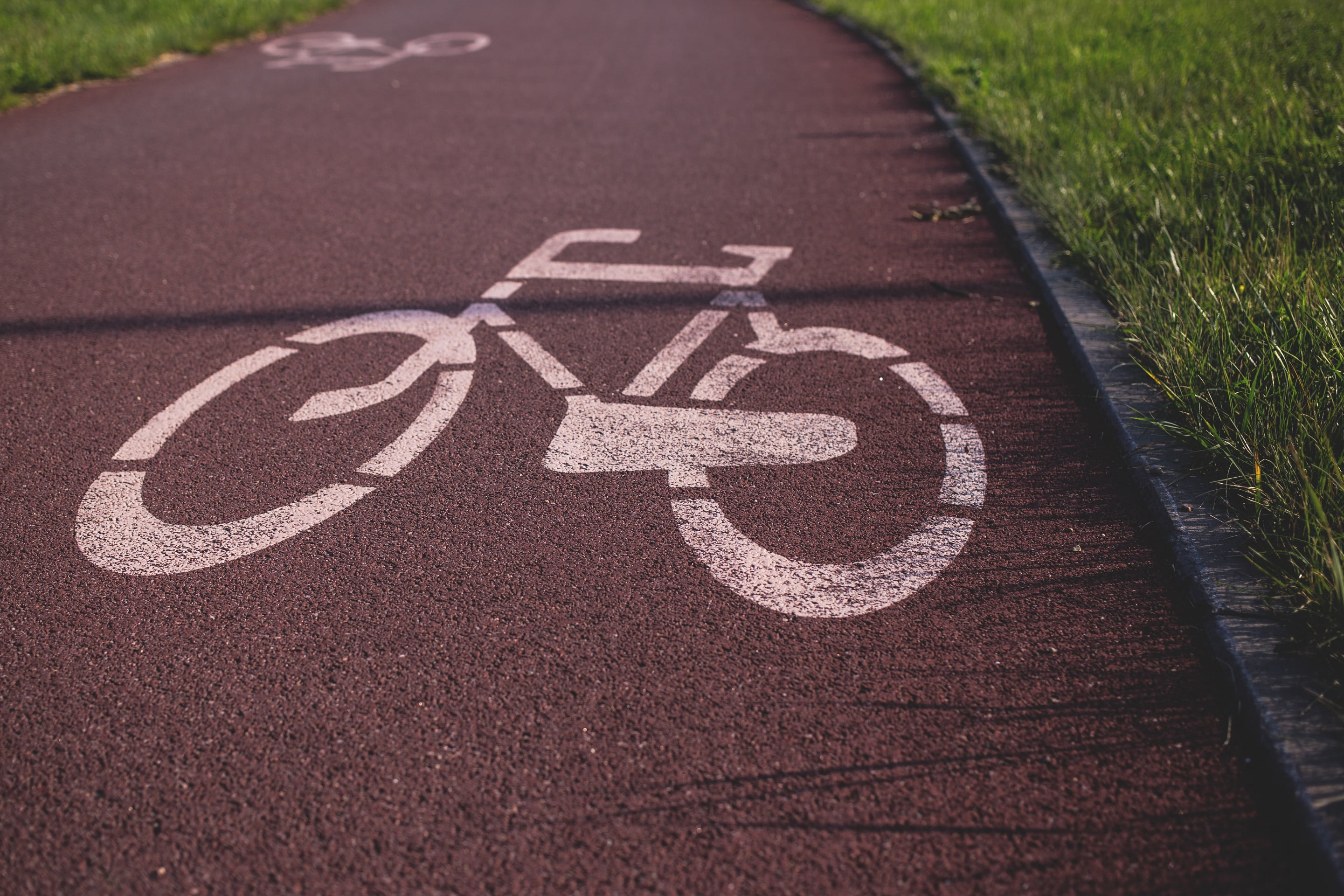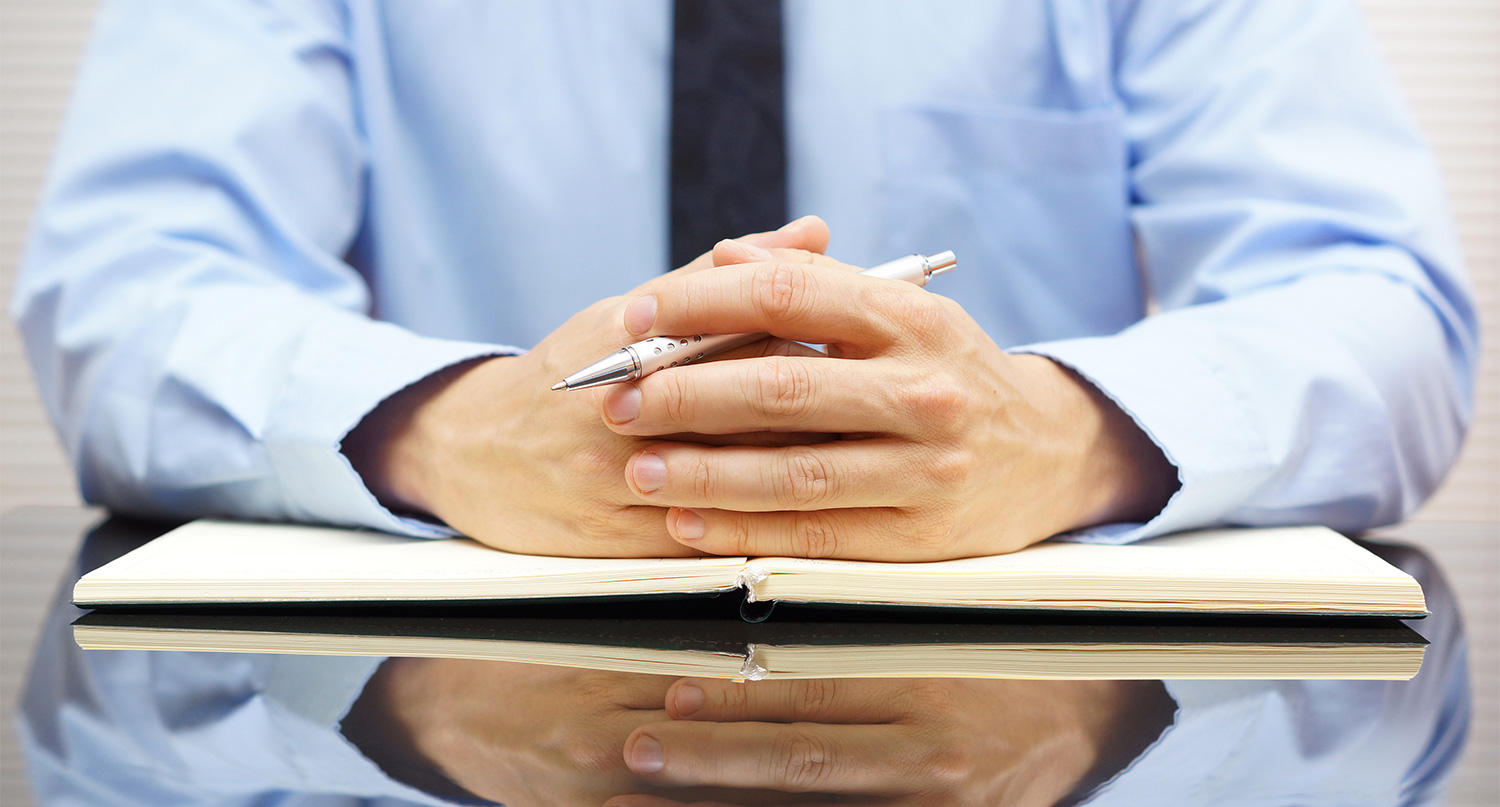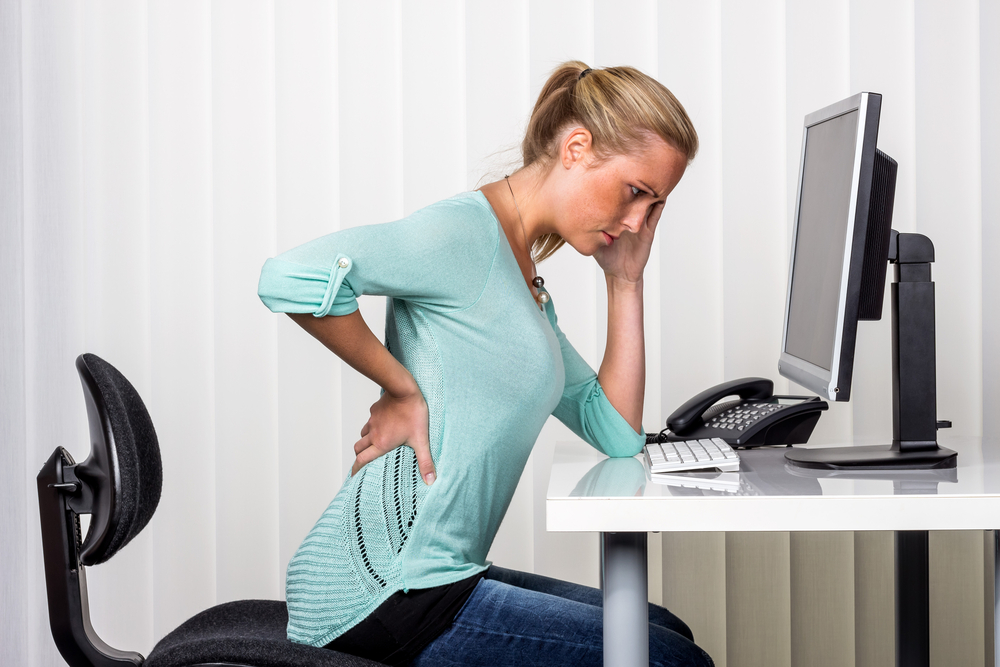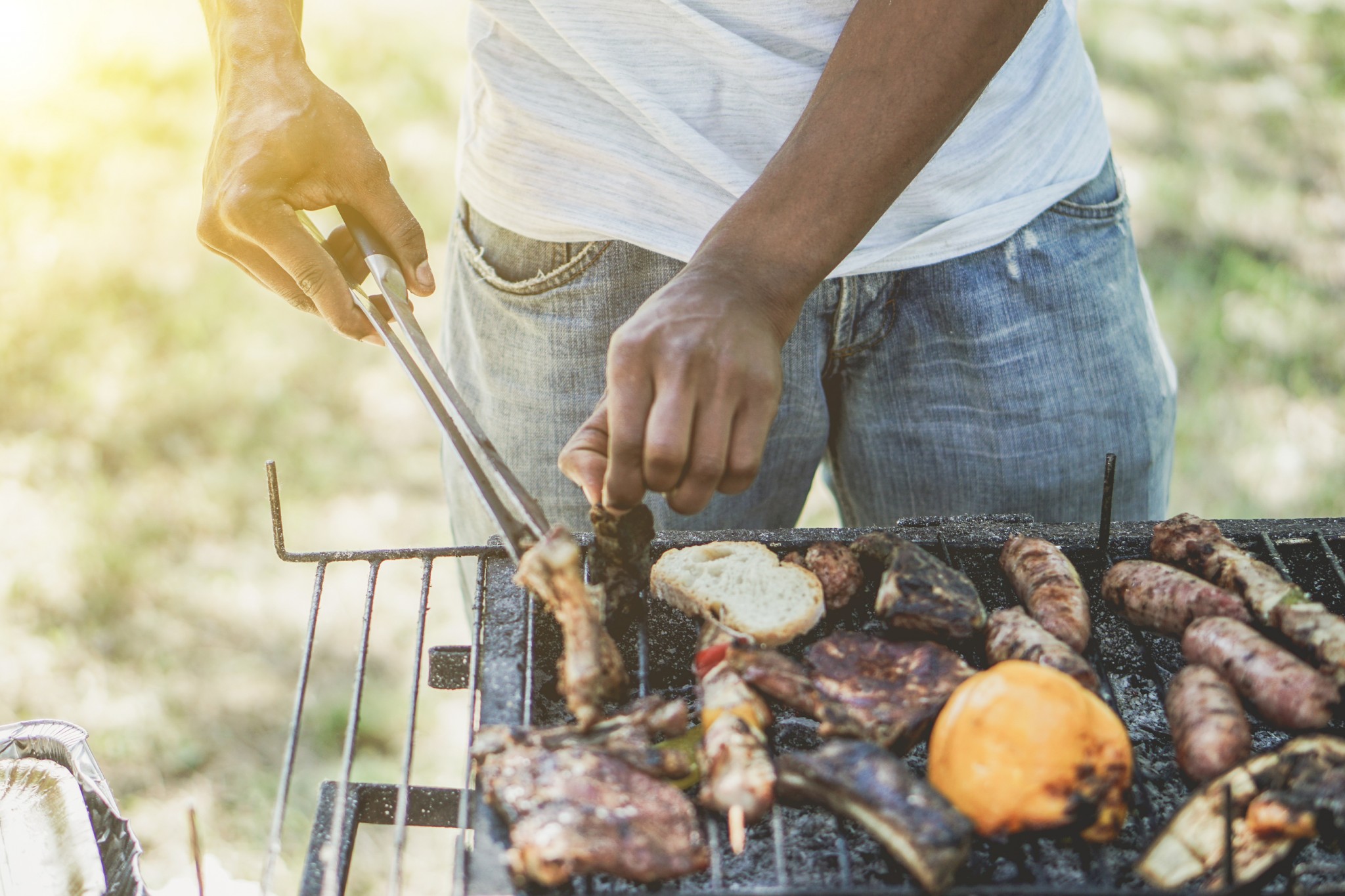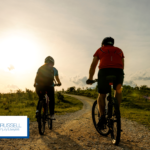While slips and falls can be a pretty common occurrence they can be much more dangerous than you think. When we were children tumbling and springing right back up was a regular occurrence but as we get older slips and falls can pose a serious danger to our health and well-being.
According to Statistics Canada falls are a leading cause of injury in Canada. They go on to say “About 63% of seniors and one-half of adolescents were injured in falls, as were 35% of working-age adults.”
Among working-age adults, the most common location of injury is the workplace.
Everyone should feel safe in their workplace, and employers should try to help employees feel safe. Keeping health and safety as a main priority at work is crucial for everyone to keep coming back to work healthy and safe.
Not to mention, maintaining a safe work environment not only protects employees but it helps protect employers and any customers that may be on company property. To make your business a safe place the Canadian Safety Council has created tips to help you prevent slips and falls at your place of work.
Safe floors
Treating the floors at your workplace with a non-slip treatment can help create a safer walking surface for employers, employees and customers alike. Floors that you should consider applying a non-slip treatment to are surfaces that can naturally become very slippery like tiles or polished untreated concrete. Also, if your workplace has high-traffic areas where people are travelling from indoors to outdoors there is great potential in those areas for falls. The tracking in of water from snowy boots or muddy/wet shoes can make for slippery high-traffic areas.
Busy kitchens or other high-traffic areas where employees work with oils can lead to a settling and collection of oils on the floor. A non-slip treatment to act against falls in both slippery high-traffic areas and places where oils can potentially settle on the ground would be a great help. But it doesn’t end there. It’s vital that floors be cleaned regularly and that clutter is removed in order to prevent slip and fall injuries.
Safe shoes
While it’s likely you can’t really control the shoes worn by customers on your property, you can control what you and your employees wear on your feet. What shoes you wear can make all the difference in preventing a slip and fall accident.
If special shoes are required for the job that is done in your workplace, consult the supplier you order your shoes from to determine the best shoes for the floor surfaces you work on. Encourage employers, employees and customers to wear shoes that will grip well on the floors in your workplace.
Shoes that often lead to slip and falls are heels, cleats and smooth-soled shoes.
The Government of Ontario also suggests the below administrative controls to help reduce the likelihood and frequency of slip, trip and fall accidents.
- “provide wet floor signage
- train workers to prevent slips, trips and falls
- establish safe work practices
- communicate a procedure for reporting hazards
- ensure prompt maintenance
- design jobs to minimize tasks requiring excessive pushing/pulling, line-of-sight obstruction and over-reaching
- ensure shovels, mops and buckets are readily available
- correct poor work practices
- conduct joint health and safety committee monthly inspections
- review slip, trip and fall incidents”
While you can take precautions to be safe in the workplace sometimes a slip and fall can still occur and leave you seriously injured. If you have been injured, and need legal assistance, give Dye & Russell a call. We will offer you a free claim assessment.

